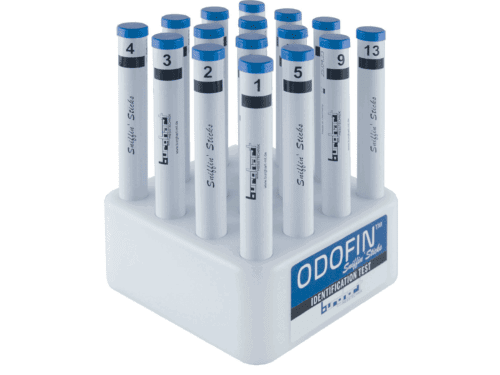The trigeminal nerve, the largest of the cranial nerves, plays a crucial role in various sensory functions, including taste perception. This blog post will delve into the intricacies of trigeminal function and its relationship to taste testing.
Understanding trigeminal function
The trigeminal nerve is responsible for transmitting sensory information from the face, mouth, and teeth to the brain. It has three main branches:
- Ophthalmic branch: Carries sensory information from the forehead, scalp, and eyes.
- Maxillary branch: Carries sensory information from the upper jaw, cheek, and upper teeth.
- Mandibular branch: Carries sensory information from the lower jaw, lower teeth, and tongue.
In the context of taste, the trigeminal nerve contributes to the perception of certain taste qualities, such as spiciness, coolness, and the overall texture and temperature of food. It also plays a role in detecting pain and touch sensations within the oral cavity.
Taste testing
Taste testing is a method used to assess taste perception. While the primary focus of gustometry is on the five basic tastes (sweet, sour, salty, bitter, and umami), trigeminal function is also evaluated to gain a comprehensive understanding of taste perception.
Here are some examples of tests used to assess trigeminal function:
- Chemical Stimuli: Solutions or substances that activate trigeminal receptors, such as capsaicin (found in chili peppers) or menthol. The subject’s response to these stimuli, including sensations of heat, coolness, or tingling, is measured. We have capsaicin taste strips available for this purpose.
- Thermal Stimuli: Warm or cold stimuli are applied to the tongue to assess trigeminal nerve sensitivity.
- Mechanical Stimuli: Gentle pressure or touch is applied to the tongue to evaluate tactile sensitivity mediated by the trigeminal nerve.
- Trigeminal Stimulation: Ammonia can be used to stimulate the trigeminal nerve endings in the nasal cavity. This can cause a sharp, stinging sensation, which is a sign of normal trigeminal function. However, it’s crucial to use a very diluted solution of ammonia and to limit exposure to avoid damage to the nasal tissues. You can use our AmmoLa ammonia ampules for this application.
Importance of trigeminal function in taste perception
A properly functioning trigeminal nerve is essential for a complete and nuanced taste experience. When the trigeminal nerve is impaired, it can lead to:
- Altered taste perception: Difficulty distinguishing between different taste qualities or perceiving the full range of flavors.
- Reduced sensitivity to certain stimuli: Decreased sensitivity to spicy or cooling sensations.
- Disrupted oral sensations: Changes in the perception of texture, temperature, and pain within the mouth.
By assessing trigeminal function alongside traditional gustometry testing, healthcare professionals can gain a more accurate understanding of taste disorders and develop appropriate treatment plans.







